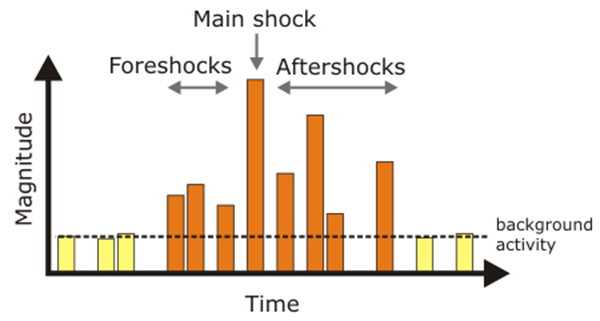Earthquakes kill, but their aftershocks can cause the rapid collapse of buildings left standing in the aftermath of the initial quake. Research published in the International Journal of Reliability and Safety offers a new approach to predicting which buildings might be most susceptible to potentially devastating collapse due to the ground-shaking aftershock tremors.
In order to compute the risk of collapse, the probability, for building damaged by a main shock, the team has introduced a logical method based on two key earthquake variables: magnitude and site-to-source distance. They have carried out tests using different site-to-source distances with an incremental dynamic analysis based on simulated ground motions caused by the main shock and aftershocks and applied this to a computer modeled, two-storey, timber-frame building in a hypothetical town in California relatively close to a geological fault line, as a proof of principle. Full-scale structural data was available from an actual building.
The team found that collapse probability increased if there were a sequence of aftershocks following a main shock just 10 kilometers distant from the building. Stronger aftershocks mean greater risk that correlates with the actual magnitude of the shock. As one might also expect if the site-to-source distance is greater, risk is lower. Overall, however, the analysis allows the team to quantify this risk based on the two variables, distance and aftershock magnitude.
Reference:
Nazari, N., van de Lindt, J.W. and Li, Y. (2014) ‘Effect of aftershock intensity on seismic collapse fragilities’, Int. J. Reliability and Safety, Vol. 8, Nos. 2/3/4, pp.174-195. DOI: 10.1504/IJRS.2014.069526
Note : The above story is based on materials provided by Inderscience Publishers.











